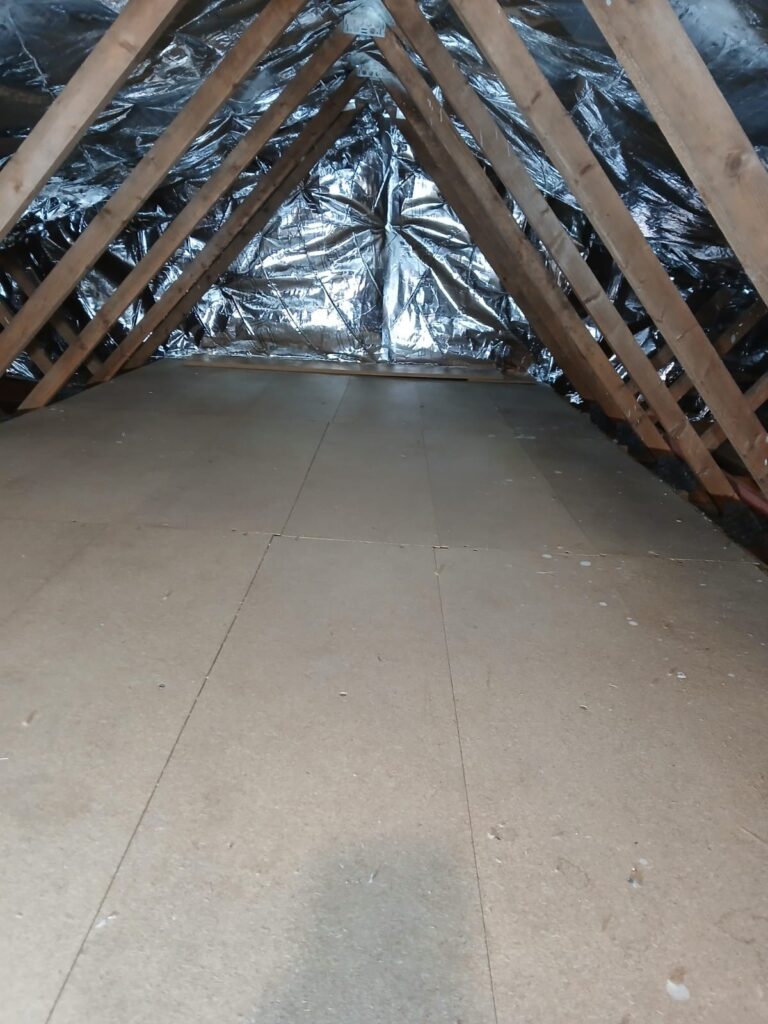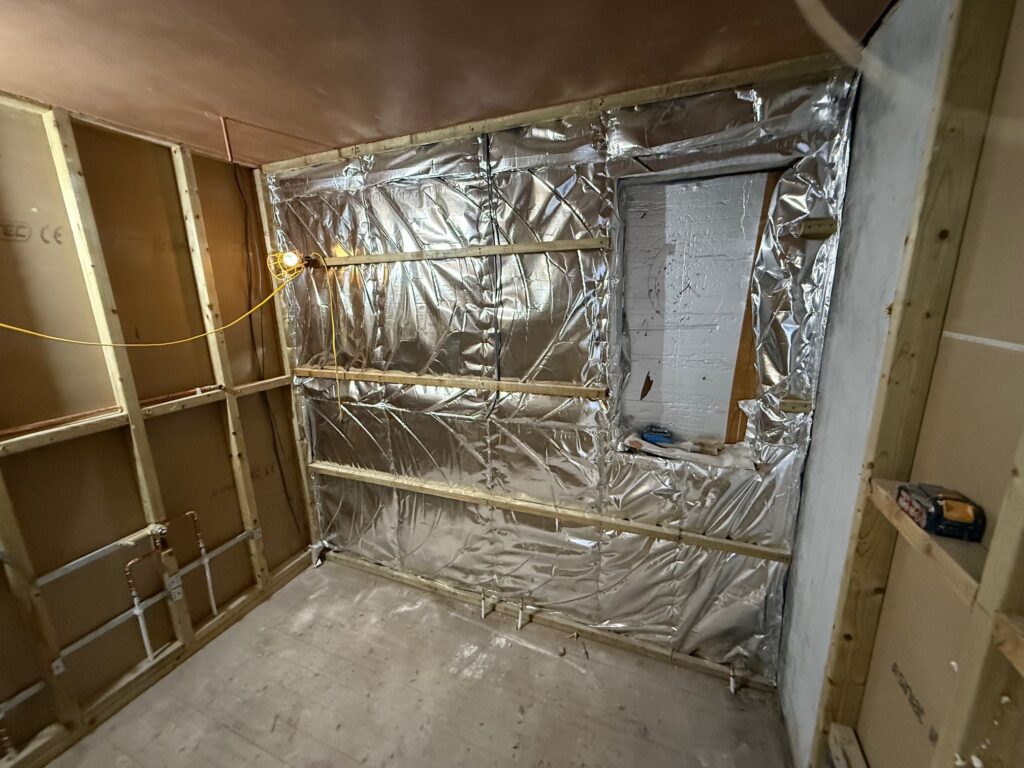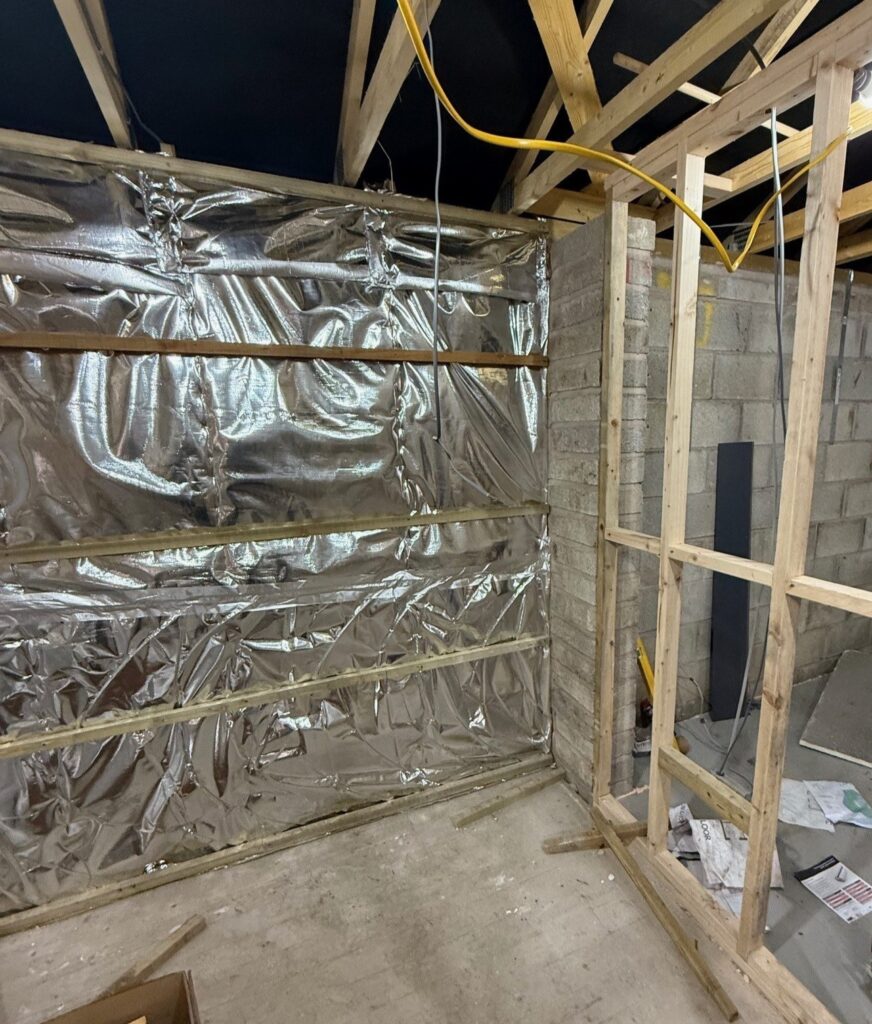Dear Installers,
As we look forward to Spring we wanted to ensure you’re aware of the dates we’ve set in place for our latest round of upcoming training days!
See below the current 2025 training schedule, if you’ve not already registered please email back with the venue and numbers (max 3 per business)
WARRINGTON — Wed April 2nd
LINCOLN — Tues April 8th
GLOUCESTER — Tues April 29th
HODDESDON — Wed May 7th
LINCOLN — Wed May 14th
Please see below the link with full address details. Please contact Gary (gary@superfoil.co.uk) or Michael (michael.g@superfoil.co.uk) to confirm attendance at the training day.

Welcome Michael!
As our programme grows, so does the team, a very big welcome to Michael Gartside, who joins us from customer service. His experience and skills will help us grow stronger in 2025.
You can contact Michael at: michael.g@superfoil.co.uk

AIP’s Full T’s & C’s
See below a link to the full programme terms and conditions that are available on the website:
Make The Most of Our Team!
Remember that if you send us the details of your insulation project before you start, then our technical experts will be more than happy to provide you with all the calculations you need.
Our technical team will get back to you with the needed information so we can support you from start to finish.
Here is an example of what you might get back:

And if you do decide to reach out to the team to request a U value calculation or a condensation report, then…
DON’T MISS OUT, CLICK THIS LINK:
The AIP Members Photo Gallery
Two very different installs this month, see two mid project photos from Jim Randle at Barrowdale construction and a loft project from Malik and the team at Efficient homes energy advisers. Great work guys!!!




Technical Corner with Byron Lawson
There is often a confusion in the understanding of ‘cold’ and ‘warm’ roof constructions. The following descriptions are designed to help you decide on the most appropriate solution when you are assessing your next project.
Ventilated Warm Pitched Roof
A good option if you plan to develop the roof space, tiles and waterproof membranes do not need to be disturbed.
How to do it:
Install SuperFOIL SF19+, SF40 or SF60 to the underside of the rafter leaving an air gap above to ventilate away any moisture that might accumulate within the roof structure.
Depending on the thermal value required you may require additional insulation between/below the rafter to meet building regulations.
The SuperFOIL provides a high performance vapour check layer as well as insulation which prevents/controls moisture entering the construction, a VCL is necessary on the warm side of the insulation.
The next stage is to install a counter batten appropriate to the thickness of the SuperFOIL product used that creates an air space/service void and the base for the installation of a plasterboard finish that protects the VCL from potential penetrations.
A great choice to:
- Develop living space in an existing property
- Requires no change to the original roof line
- A cost effective solution
Unventilated Warm Pitched Roofs
Unventilated warm pitched roofs provide the opportunity to gain the highest thermal performance without substantially increasing the depth of the roof.
The ventilation pathway for the roof is created by installing counter battens below the roof tile battens to create an air gap outside the main roof build-up. To achieve the current Building Regulation thermal value for a new roof ( U-Value – 0.11):
- Install SuperFOIL SF40BB over the top of the rafters,
- Fit 60mm of PIR between the rafters. Ensure an air space is maintained between the underside of the SuperFOIL SF40BB and the top surface of the PIR.
- Complete the insulation by adding SuperFOIL SF40 below the rafter. Ensure an air space is maintained between the underside of the PIR and the SuperFOIL SF40 the
- Counter batten
- Plasterboard.
The chance of interstitial condensation – dampness within the construction caused by condensing water vapour – is unlikely as the SuperFOIL SF40BB performs as a breather membrane as well as offering high performance insulation and with SF40 below providing an effective vapour control layer the risk of moisture movement is prevented.
An unventilated warm pitch roof will provide
- the best thermal performance.
- Reduce the overall depth of the roof.
- Significantly reduce the impact of cold bridging
- Improved head height in the loft/RIR
A ‘Cold’ Pitched Roof
A cost-effective and commonly used method to insulate a pitched roof. The insulation is installed at ceiling level. The space above the insulation is uninsulated, hence why this is referred to as a ‘cold’ roof construction.
In existing cold roof situations it is not recommended to use a SuperFOIL product as a means to increase the thermal performance at ceiling level and you should seek the guidance of the technical team prior to commencing work to improve an existing cold roof construction…
How to do it:
Install a vapour control layer (VCL) – this prevents the passage of moisture
Lay the first layer of insulation between the ceiling joists.
Additional insulation layers are added at right angles to the first layer to achieve the thermal value required..
A continuous ventilation gap at the eaves and ridge is crucial for air circulation within the roof void – this ventilation prevents the accumulation of humid air which reduces the chance of timber decay over time.
A cold pitch roof may is a common approach to insulating as it is:
- a relatively inexpensive option
- Increasing the existing insulation for a ‘cold’ roof.
- The structure of the roof is not suitable for conversion to living space.
You can get all the necessary assistance with your project through our technical team and don’t forget AIP members have priority access. Make sure you have everything in place to make the process seamless for your customer and, if involved, for Building Control.
That’s all from us for now! We look forward to seeing you all at our upcoming training sessions this spring. If you need anything in the mean time please feel free to get in touch.
Warm Regards,
Team SuperFOIL
